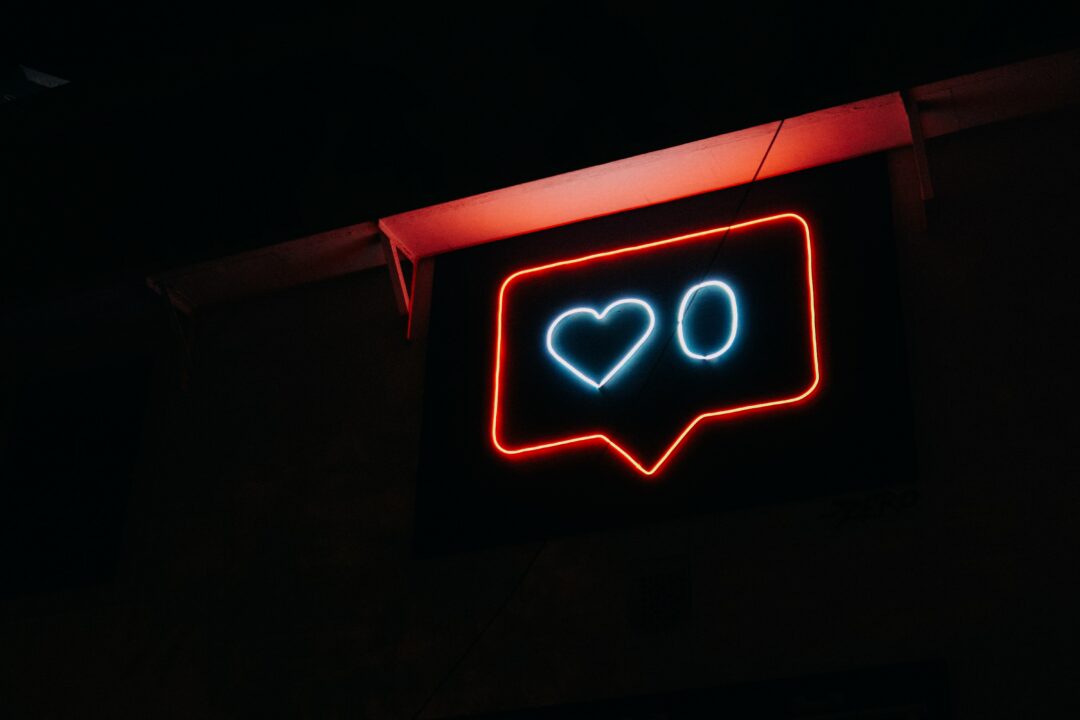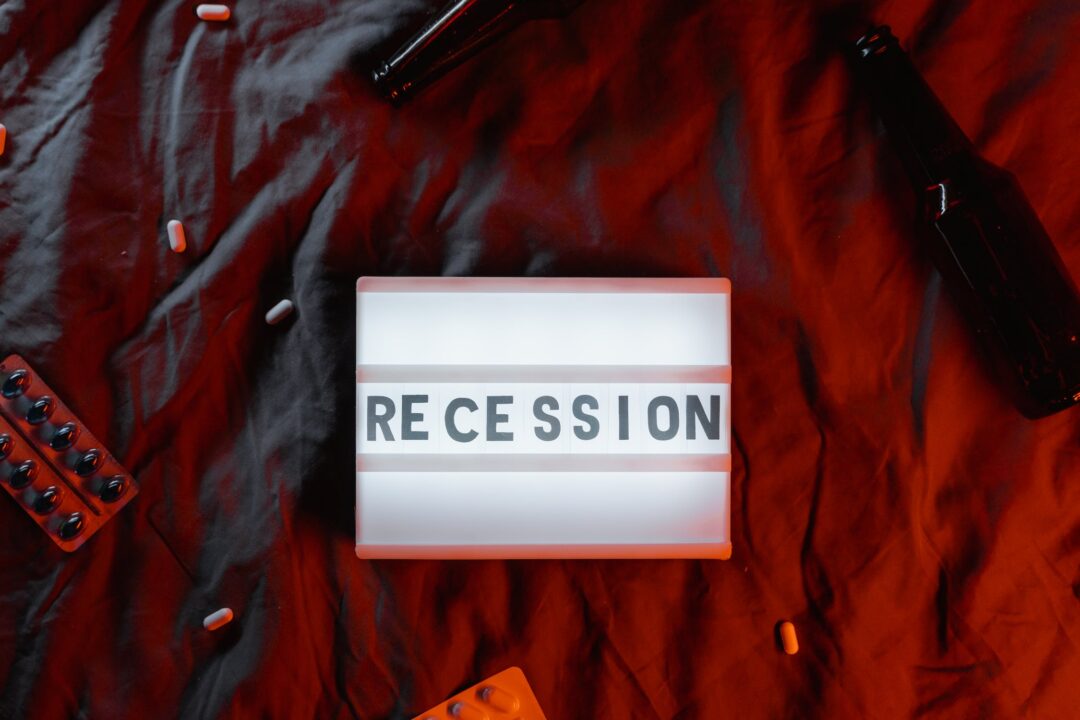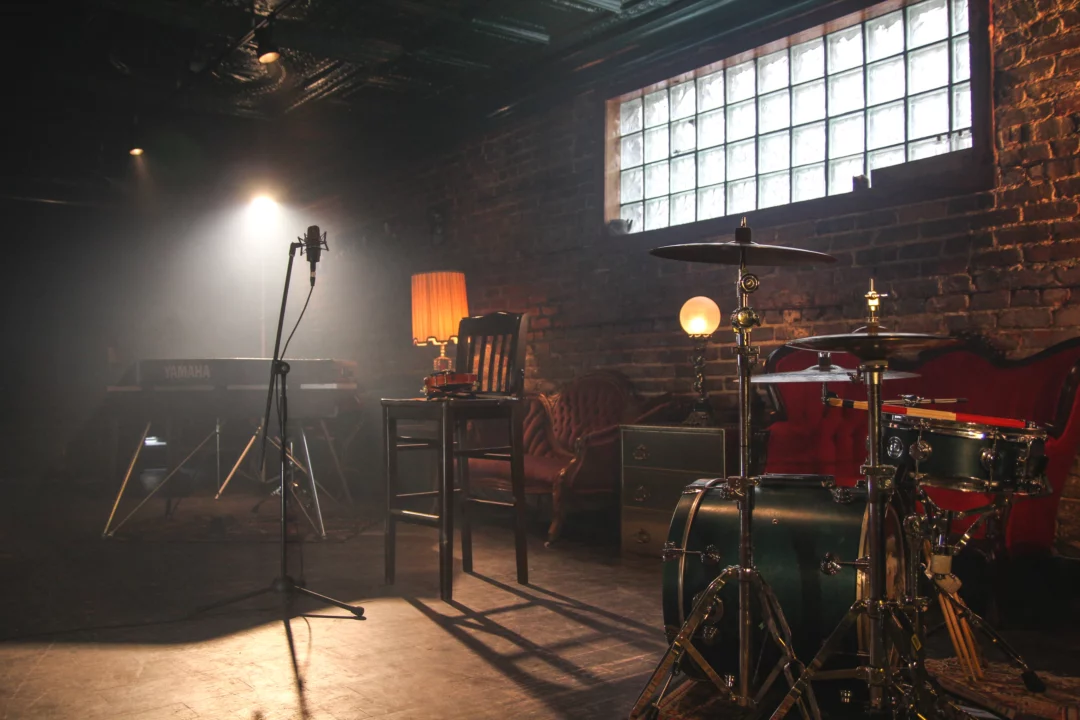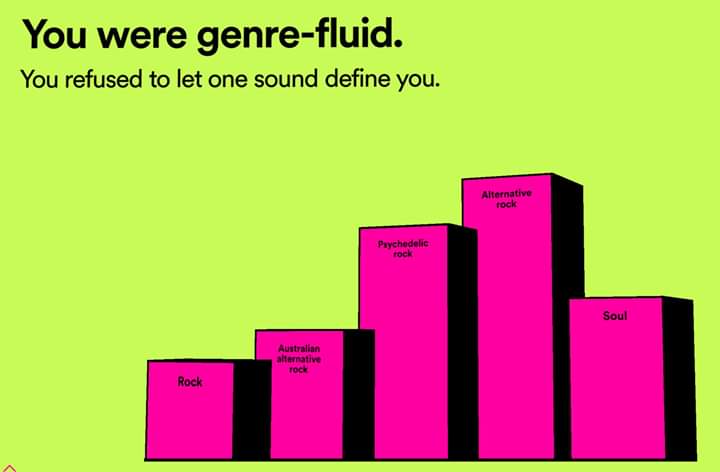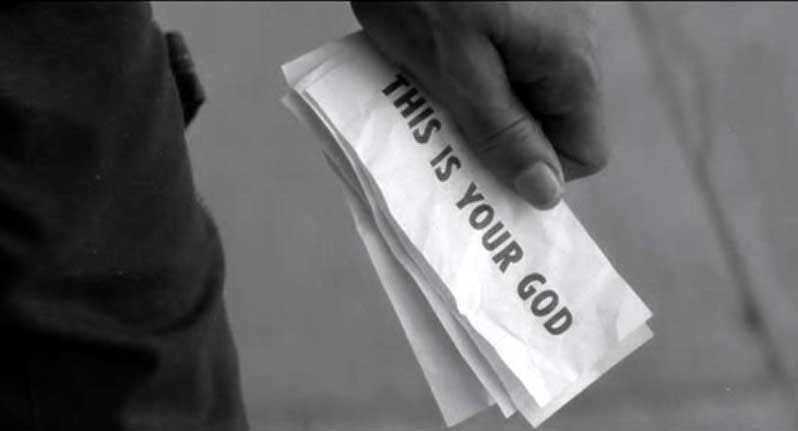Discover the latest music trends and insights with A&R Factory. Stay informed and inspired as we explore the dynamic music industry landscape where we cover the latest music industry trends, analysis and predictions in the industry. Whether you’re a music enthusiast or industry professional, A&R Factory is your go-to source.
Instagram’s Algorithm Has Changed, So Should Your Self-Promotion Campaigns
Posted on 27 August 2022If you have noticed a drop in likes and comments on your Instagram posts this year, it can be easy to assume that no one cares about your music anymore. To recapture your audience, get your head out of the digital sand and brush up on how to appease Instagram’s brand-new 2022 algorithm.
The Instagram algorithm determines what shows up on feeds, reels, explore pages and hashtag pages. To do this, the algorithm analyses every image, video and reel uploaded to the platform by looking at captions, image alt-text, hashtags, and engagement metrics. The aim of this cross-referencing isn’t to censor; it is to put the right content in front of the right people to make it harder for users to tear themselves away from the app.
There are numerous ranking factors within the current Instagram algorithm. The three main ones are viewer interest, relevancy and the relationship between the content poster and viewer. Considering mutual follows, private messaging history, comments history, and all other forms of repeated interaction.
How Artists Can Master the Instagram Algorithm in 2022
It is still the case that Instagram promotes high-quality and engaging content in 2022. However, there are additional rules that you have to play by if you want to make the most out of your Instagram campaigns.
For the best chances of gaining significant traction and getting your posts in front of more of your followers, here are some of the best ways to go about it.
1. Brush Up on the Community Guidelines
Posting ‘edgy’ content on Instagram is a surefire way of ensuring that you get shadowbanned or banned entirely. It may not be rock n roll to respect the community guidelines by refraining from getting political or posting anything people could take offence to. However, it will help you to promote your music in the long run. Even if your posts fall into the grey area of ‘acceptable’, you risk being ‘down-ranked’ or hidden entirely.
2. Get Reel
Following the hype of TikTok, Instagram has moved away from solely being a photo-sharing app. By jumping on the trend of reels, you will boost the visibility of ALL your Instagram content. Reels can be an excellent tool for music marketing; rather than just posting video teasers of your new music that feature in the gallery, create reel teasers of your new music or give your fans some ‘behind the scenes/song’ content to gaze at.
If you are struggling with new content ideas, recycle older video material. Instagram reels have opened up a whole new world for engagement – some of the most popular viral videos are from clips that are years or even decades old!
3. Don’t Post Prematurely
This secret to appeasing the Instagram algorithm isn’t new, but it is still crucial for artists to consider in 2022. Scheduling posts for the right time is one of the best ways to boost engagement and ensure maximum organic reach – which means there will be less need to pay for sponsored posts!
Regardless of what some blogs will tell you, there isn’t a universal best time of day to post your Instagram stories, videos, and reels. Instead, you will have far greater success if you use a tool such as Hootsuite Dashboard to analyse your audience’s behaviour.
4. Engage Your Followers
Like independent music, Instagram is all about the community, as proven by the importance of engagement to the Instagram algorithm. Stop trying to seek adoration and start trying to start a conversation. If you’re struggling to engage your followers, review your captions; are they worth responding to? Or are they a dead conversational end?
Comments are one of the most powerful engagement signals to Instagram’s algorithm; likes, shares, and saves also do their part. For perspective, engaging 1 – 5% of your audience is considered “good engagement”, and remember, responding to direct messages is just as important as responding to comments on your posts!
5. Don’t Be Lazy or Spammy with Your Hashtags
With hashtags, less is more, and quality should always be above quantity. Even though you can add up to 30 tags per post, limit yourself to 7 – 10.
If there is anything that the Instagram algorithm knows like the back of its metaphysical hand, it is hashtags. Your first port of call is to ensure that all hashtags are descriptive and accurate – Instagram will know if they aren’t! Always play to your niche with hashtags. Never use generic music hashtags; dig deep into your respective niche with ample consideration for your genre and audience.
6. Keep Your Posting Frequency Consistent
If you take long stints away from Instagram and only pop up to promote a new single or a new tour, this will massively impede the reach of the posts and reels you DO post. Once again, there is a fine line between being spammy and posting far too infrequently.
Bands and artists should attempt to update their Instagram profiles 3 – 5 a week, and keep in mind that just because you CAN automatically share your posts to Facebook from Instagram, this isn’t always the best course of action. If you want your fans to follow you and engage with you across all channels, give them a reason to by mixing up your content.
For your best chances of boosting engagement go live at least once a week and stick to a content schedule. With tools such as Hootsuite planners, you can schedule your posts in advance for the coming weeks or even months!
7. Get Analytical
It is easy to get caught up in vanity metrics; one of the best ways to avoid this is by using analytical tools, which can tell you what kind of content your audience will come back for.
Using analytical tools may initially sound like a lot of extra work but think of all the wasted time and effort you would spend on unsuccessful posts otherwise.
Along with telling you when your audience is online, analytical tools will point out which posts, reels, and stories are accruing real engagement, which of your hashtags are working for you, and which ones aren’t!
–
Amelia Vandergast

